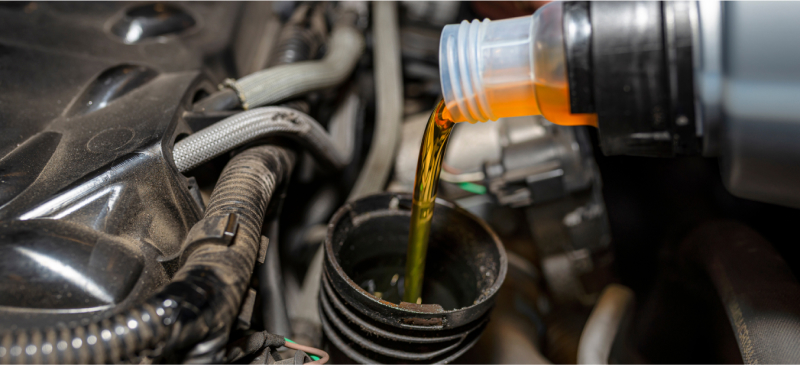Step-by-Step Instructions for Checking Your Car Engine Oil Levels

Verifying Your Car Engine Oil Levels with Accuracy
Welcome to Optimal Auto Parts our complete guide on how to accurately check your car engine oil. Keeping your vehicle engine oil in good shape is essential for its long-term health and performance. In these easy-to-follow steps, we'll guide you through each step of the process, ensuring you can check your car's oil levels precisely. Whether you're a car expert or just starting, these instructions will give you the know-how to keep your engine purring like new. Let's get started and make sure your car stays in peak condition!

Step 1: Prepare Your Car
Before you begin, make sure your car is parked on a level surface and the engine has cooled down. It's also a good idea to have a clean rag or paper towel handy to wipe off the dipstick.
Step 2: Locate the Dipstick
Open the hood of your car and locate the engine oil dipstick. It's usually a brightly colored handle labeled "Engine Oil" and is often located near the front of the engine.
Step 3: Remove the Dipstick and Wipe Clean
Pull out the dipstick and wipe it clean with the rag or paper towel. This ensures that you get an accurate reading of the oil level.
Step 4: Reinsert the Dipstick and Remove Again
After wiping the dipstick clean, reinsert it back into the engine all the way, then pull it out again.
Step 5: Check the Oil Level
Observe the oil level on the dipstick. There are usually markings indicating the minimum and maximum oil levels. The oil level should fall between these two marks. If the level is below the minimum mark, you'll need to add more oil.
Step 6: Add Oil If Necessary
If the oil level is below the minimum mark, slowly pour a small amount of the recommended oil into the engine using a funnel. Be careful not to overfill, as this can also cause damage to your engine.
Step 7: Recheck the Oil Level
After adding oil, reinsert the dipstick and pull it out again to recheck the oil level. Repeat the process until the oil level falls within the recommended range.
Step 8: Replace the Dipstick and Close the Hood
Once you're satisfied with the oil level, securely reinsert the dipstick into the engine. Close the hood of your car, and you're done!
Regularly checking your car's engine oil levels is a simple yet essential maintenance task that can help prolong the life of your vehicle's engine. By following the step-by-step instructions outlined in this blog post, you can ensure that your car's engine oil levels are always accurate, keeping your vehicle running smoothly for years to come. Remember to consult your car's owner's manual for specific instructions and recommendations regarding engine oil type and frequency of oil changes. With proper maintenance, you can enjoy worry-free driving and avoid costly repairs in the future.